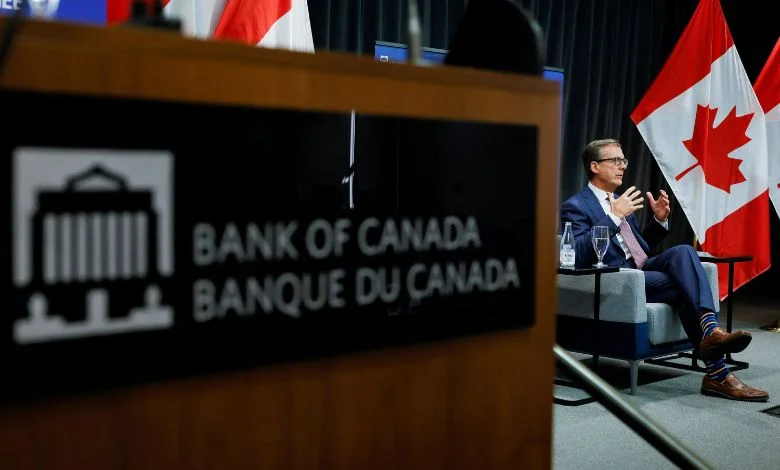- The Bank of Canada has analyzed the interest in a digital version of the Canadian dollar, known as a central bank digital currency (CBDC), as society shifts towards less physical cash.
- The study found that most Canadians are already comfortable using electronic payment methods, such as digital wallets on phones.
- The Bank of Canada is committed to keeping physical cash available as long as people want it.
The Bank of Canada recently took a closer look at whether Canadians are interested in using a digital version of the Canadian dollar, also known as a central bank digital currency (CBDC), especially as our society moves towards using less physical cash.
What they found might surprise you. It turns out that most people in Canada aren’t too excited about using a CBDC. This could make it tricky for the bank if they decide to create a digital version of our currency, which some people are calling a “digital loonie.”
The investigation focused on whether it would make sense to introduce a general CBDC in a world where we hardly use cash anymore. The study found that most people, whether they’re regular shoppers or those who like to try out new things early, are already pretty happy using electronic ways to pay, like digital wallets on our phones. Even people who aren’t too comfortable with technology can still use things like credit or debit cards, as well as checks, to make payments.
The Bank of Canada wants to make it clear that they’re committed to keeping physical cash available as long as people want it. And if we end up using less cash, it won’t be because the bank forced us – it’ll be because we all decided that electronic payments are more convenient.
The investigation also looked into whether a CBDC could be helpful in a world without much cash, especially for folks who rely on cash a lot or don’t have bank accounts. But it seems that many Canadians already have plenty of ways to pay, thanks to regular banks.
So, instead of focusing too much on creating a CBDC, the report suggests some other ways to help people who might not have access to banking services. These ideas include making sure more folks have good internet access, making bank accounts cheaper and easier to get, helping stores in far-off places work together with local communities, and making sure there’s still enough physical cash around for those who need it.


